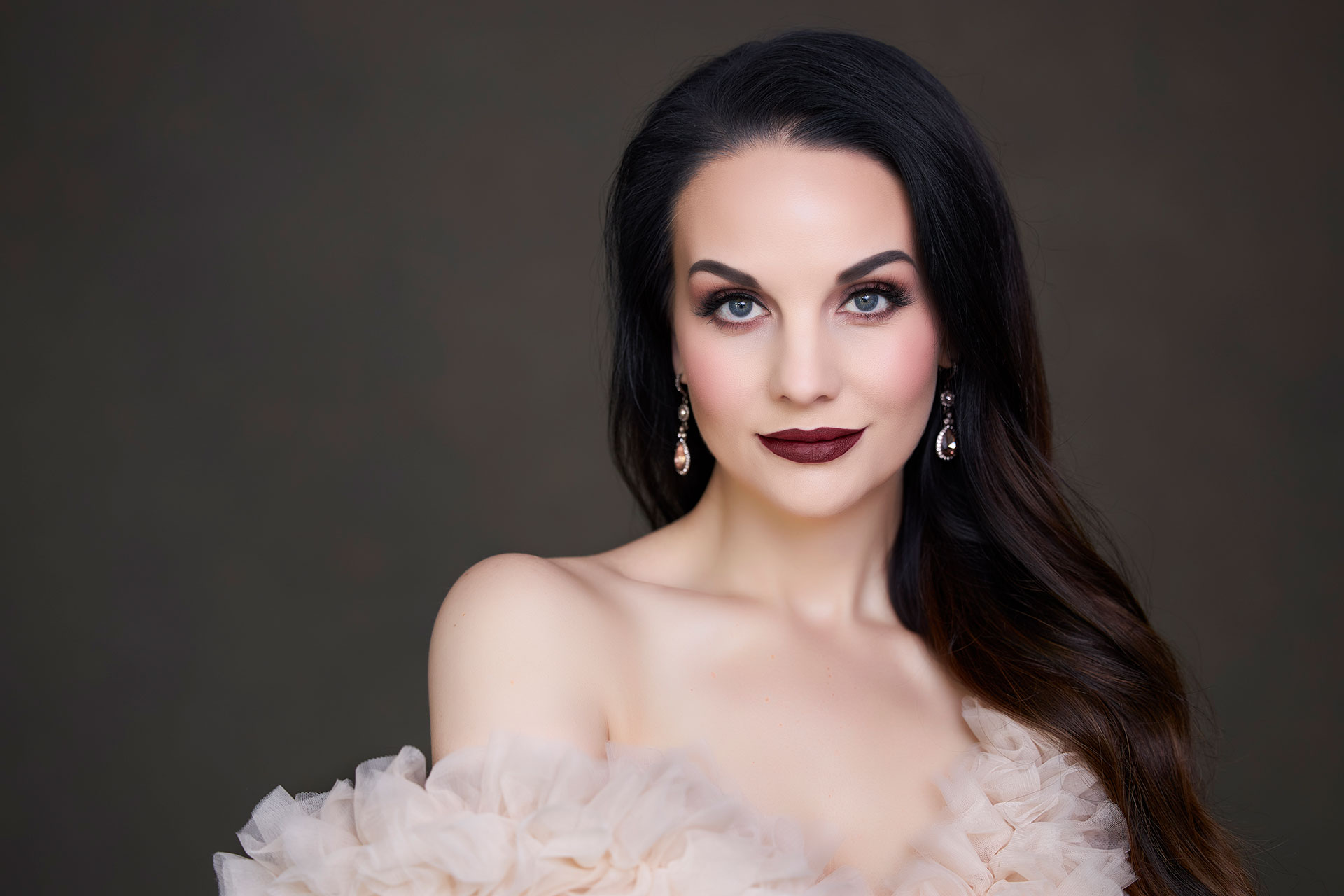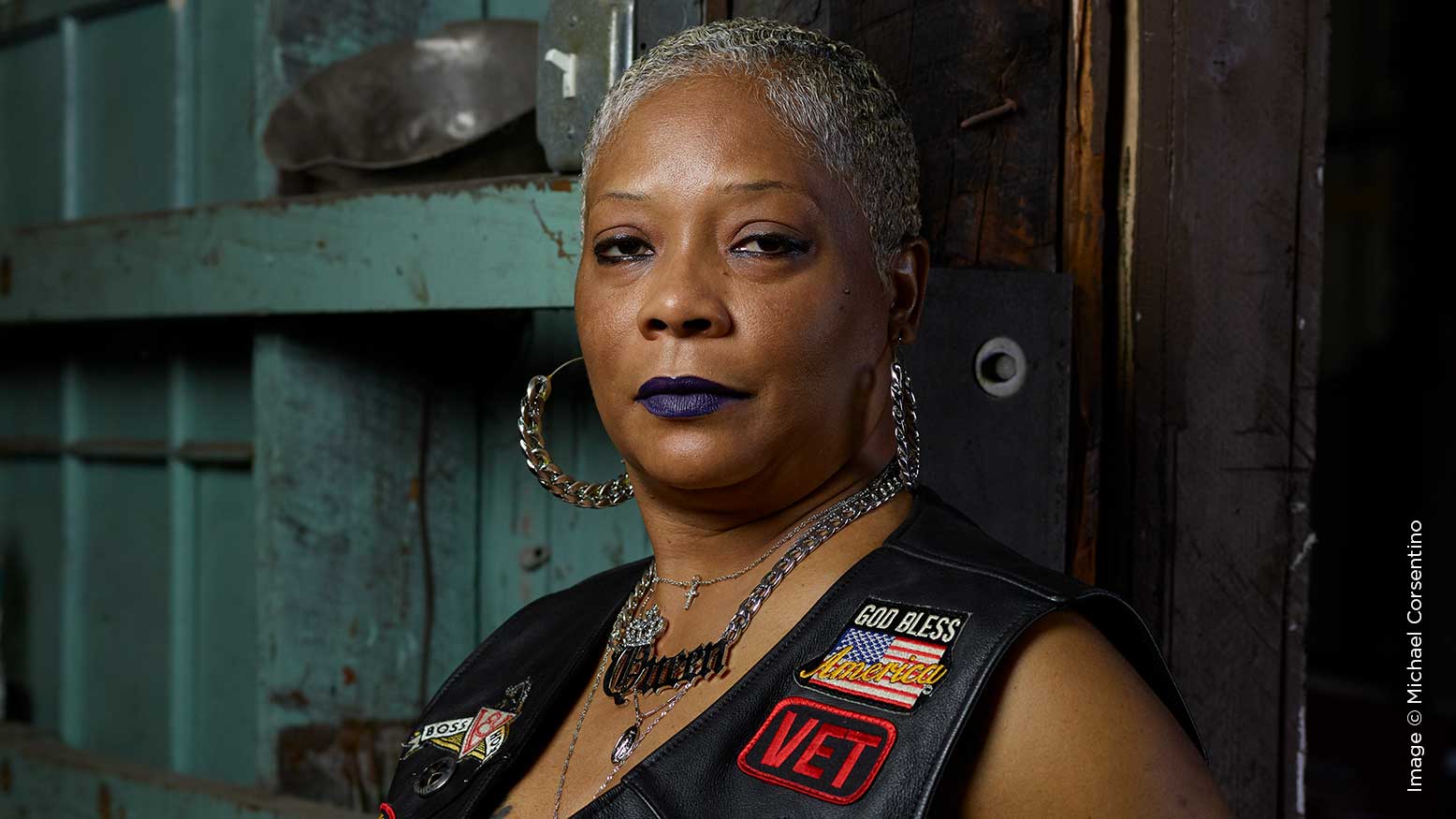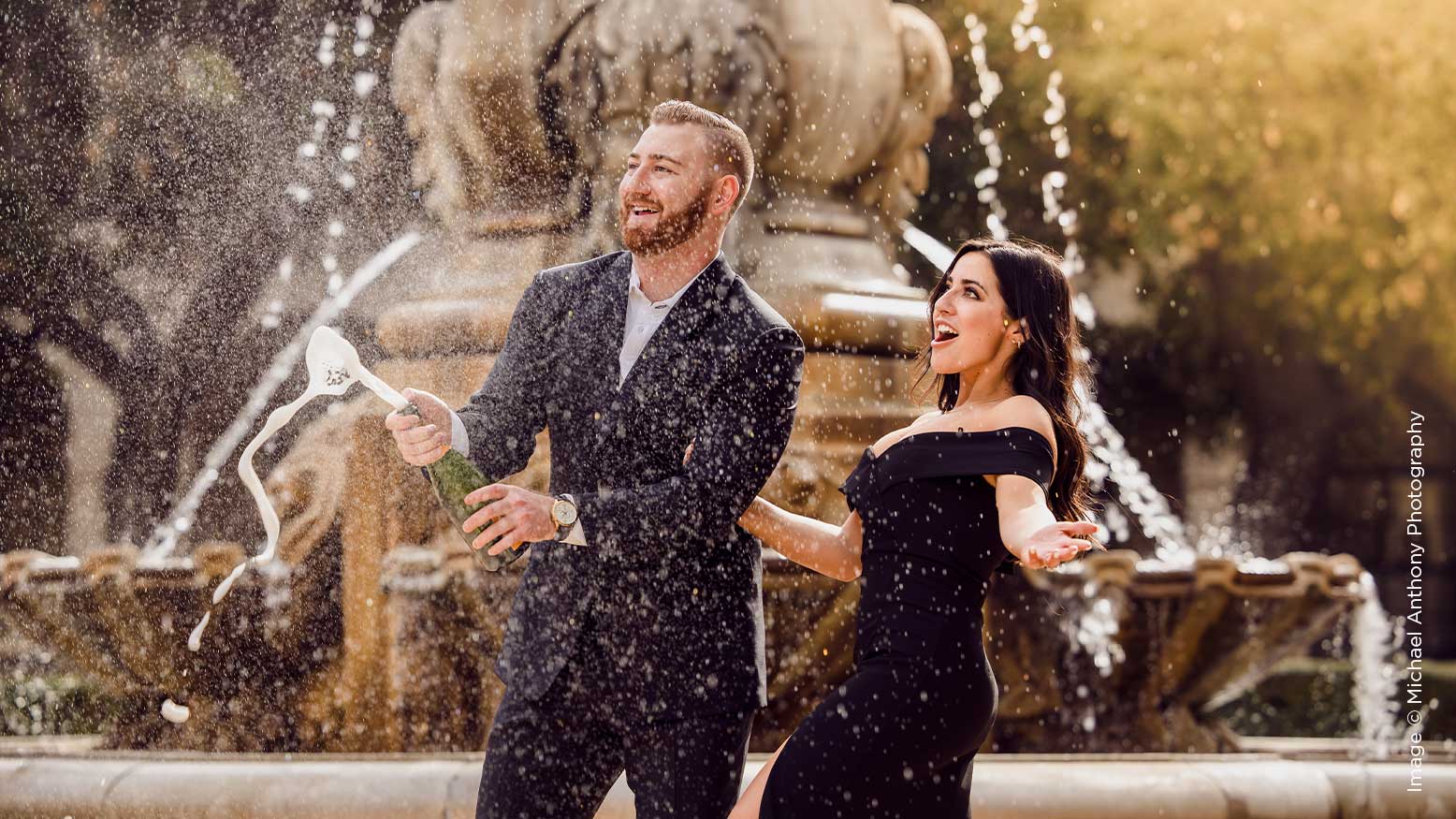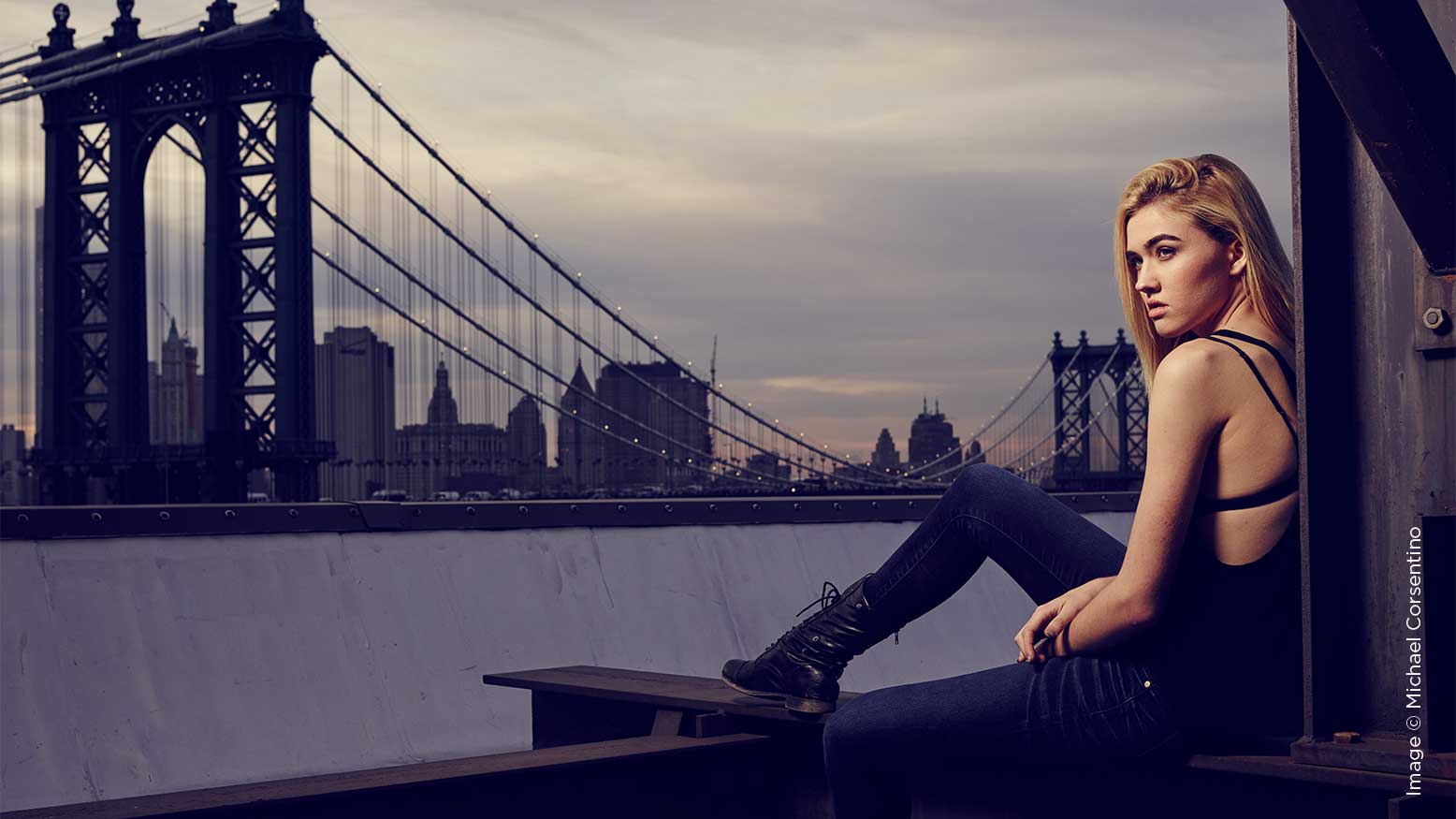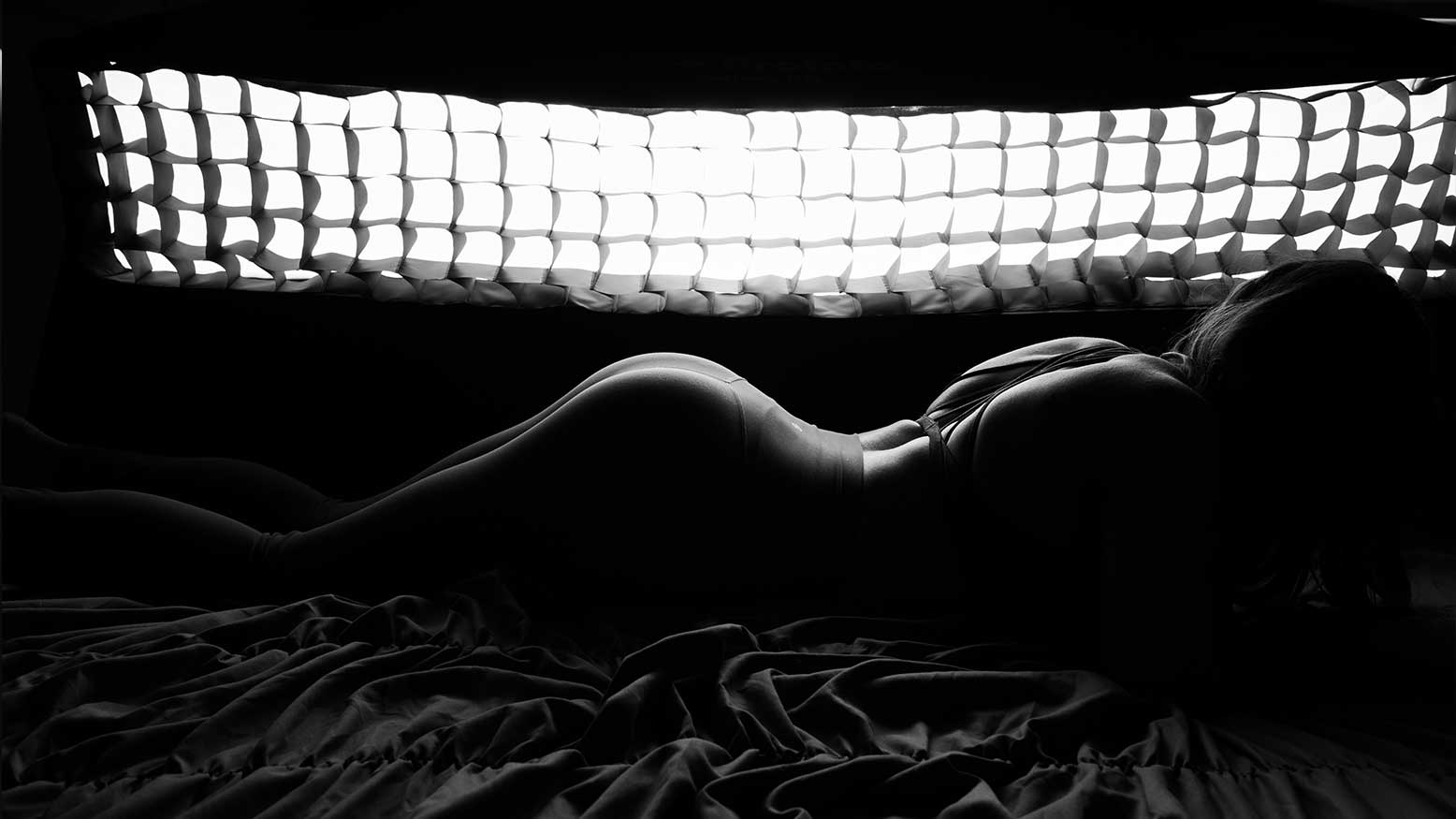3 Setups for Soft Light Beauty Portraits
Join Sal Cincotta, Canon Explorer of Light and Profoto Legend of Light, for 3 setups for soft light beauty portraits. Sal will take you behind the scenes and show you how to work with different light sources in your studio and show you the results.

